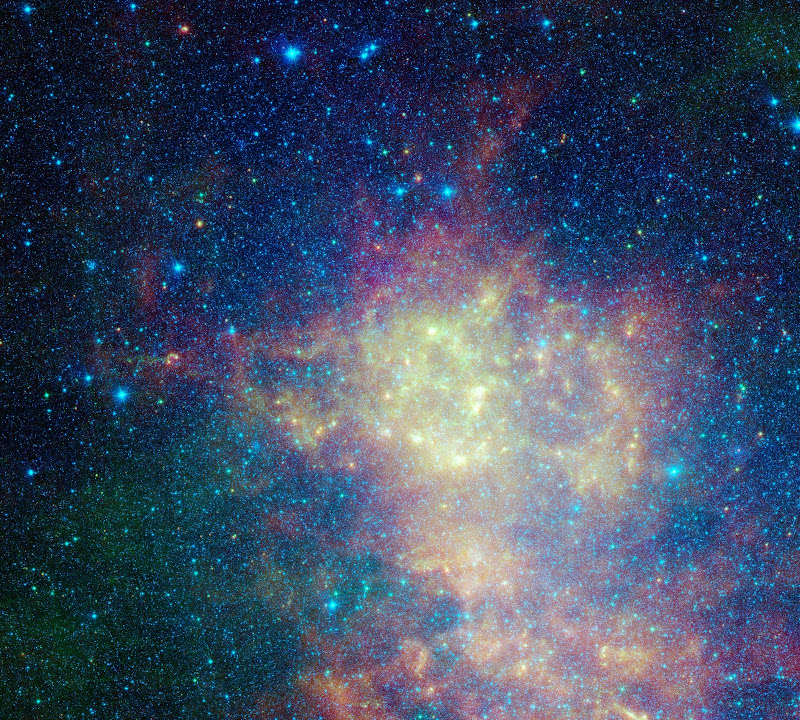
This is the deepest image of the Universe ever taken in near-infrared light by the NASA/ESA Hubble Space Telescope. The faintest and reddest objects (left inset) in the image are galaxies that correspond to lookback times of approximately 12.9 billion years to 13.1 billion years. No galaxies have been seen before at such early epochs. -- Press Release
NASA's Chandra X-ray Observatory: New, very deep exposure of the supermassive black hole at the center of the Milky Way Galaxy (Sagittarius A*).

Astronomers have long known that the supermassive black hole at the center of the Milky Way Galaxy, known as Sagittarius A* (or Sgr A* for short), is a particularly poor eater. The fuel for this black hole comes from powerful winds blown off dozens of massive young stars that are concentrated nearby. These stars are located a relatively large distance away from Sgr A*, where the gravity of the black hole is weak, and so their high-velocity winds are difficult for the black hole to capture and swallow. Scientists have previously calculated that Sgr A* should consume only about 1% of the fuel carried in the winds. However, it now appears that Sgr A* consumes even less than expected -- Press Release
NASA's Spitzer Space Telescope has taken this infrared portrait of the Small Magellanic Cloud, revealing the stars and dust in this galaxy as never seen before. The Small Magellanic Cloud is a nearby satellite galaxy to our Milky Way galaxy, approximately 200,000 light-years away.

Infrared light is color-coded in the new picture, so that blue shows older stars, green shows organic dust and red highlights dust-enshrouded star formation. -- Press Release

















